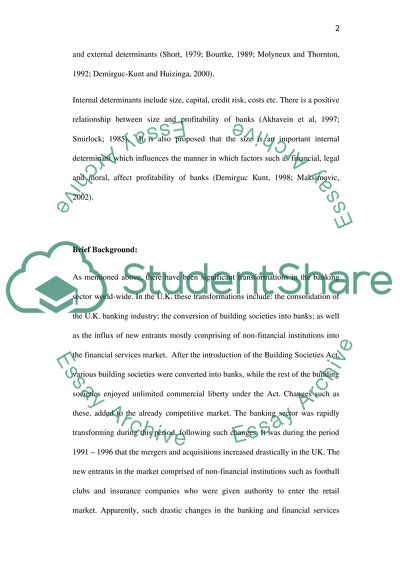Cite this document
(“The theory and practice of risk management Dissertation”, n.d.)
Retrieved from https://studentshare.org/family-consumer-science/1411748-the-theory-and-practice-of-risk-management
Retrieved from https://studentshare.org/family-consumer-science/1411748-the-theory-and-practice-of-risk-management
(The Theory and Practice of Risk Management Dissertation)
https://studentshare.org/family-consumer-science/1411748-the-theory-and-practice-of-risk-management.
https://studentshare.org/family-consumer-science/1411748-the-theory-and-practice-of-risk-management.
“The Theory and Practice of Risk Management Dissertation”, n.d. https://studentshare.org/family-consumer-science/1411748-the-theory-and-practice-of-risk-management.


